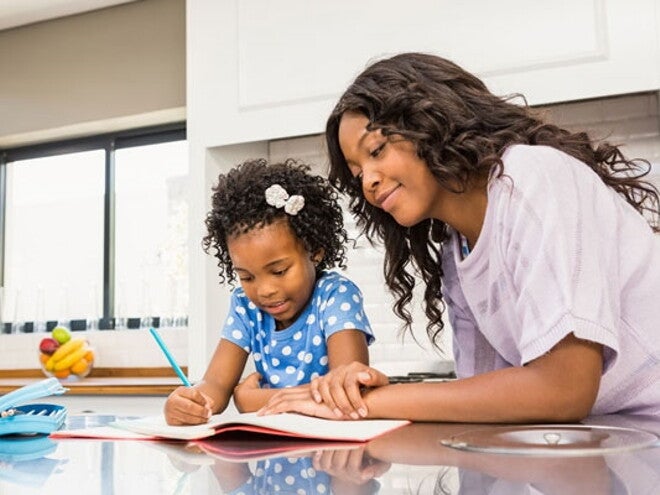
36 Months Milestone
Word usage: Children now use many nouns (names of things), verbs (action words) and adjectives (descriptive words). They also use plurals (where they add “-s” to describe “more than one”), the correct word order and grammatical agreement in sentences. For example, “The dog is wet” and “The boys are gone”.
Size and classification: They can identify sizes and point out which of two objects is bigger or smaller. They can also categorise objects into groups, for example, if you show them pictures of a cat, apple, jacket, ball and tree, they can say which one is an animal, food, clothing, toy or plant.
Language comprehension: They understand long and complex sentences and they can follow commands that have two parts, for example, “Please go to your room and fetch your shoes.”
Rhymes can shape your child’s mind
Rhymes and songs give young children a sense of mastery
The words help increase vocabulary as children learn about animals (“See you later, alligator”), numbers (“One, two, three, four, five…once I caught a fish alive”), the names of body parts, (“Head, shoulders, knees and toes”), directions (“Put your left foot in”) and all kinds of day-to-day elements (“Mr sun…sun…Mr golden sun.”)
Rhymes accentuate sounds and rhythms
Rhymes are also valuable from a developmental perspective because they accentuate the sounds and rhythms that are unique to a specific language. As children discover that certain words end on the same sound they slowly but surely start to pay attention to the specific sounds within words. Being able to do this is important. It lays the foundation for developing a skill that is called “phonological awareness”.
This skill is a prerequisite for mastering any alphabetic system. Why? Because the basic premise of an alphabetic system is that symbols are used to represent speech sounds on paper. To be able to use these symbols, a reader has to be able to identify the individual speech sounds that we use to produce words.
Rhymes and Songs add words to a child’s “sound library”
The goal is to expose children to as many rhymes as possible so that they learn to notice all the distinct sounds within words that they will need to identify one day when they learn to read.
Play with the rhymes and songs that your child already knows
This will introduce them to the concept of rhyming. Say the rhyme, or sing the song, but leave off the rhyme words for them to insert, for example,
Twinkle, twinkle little star, how I wonder what you ___. (Your child says: “… are”)
Up above the world so high, like a diamond in the ___. (Your child says: “sky”)
Play rhyming games
- Teach your child to move rhythmically from side to side to the beat of a song.
With your child on your lap, sway rhythmically from side to side as you sing the classic song, “Row, Row, Row your Boat.” When your child is a bit older, the two of you can sit facing each other, holding hands. Most children learn to sway rhythmically, without support, when they reach their sixth birthday.
These swaying side-to-side movements help to develop a child’s sense of the opposite sides of their bodies.
- Teach your child to respond to “stop” and “start”.
Play a game where you walk around rhythmically while saying a rhyme, but whenever you get to a rhyming word at the end of a phrase, you freeze … silently wait a few seconds … and then resume.
Stopping and starting helps develop the ability to respond to sudden commands. It also develops a sense of ending off and starting again that children need for learning to form phrases in speech and thinking.
Tip: Fingerplay fun
These are special rhymes that have corresponding hand movements. Many are passed down through generations because children love them! They sharpen memory skills through imitation and repetition and teach children to visualise the meaning of words.
Here’s one for 3-year-olds:
One little baby (one finger up), rocking in a tree (rock hands side-to-side).
Two little babies (two fingers up), splashing in the sea (hands splashing).
Three little babies (three fingers up), crawling on the floor (crawl fingers up legs).
Four little babies (four fingers up), banging on the door (knock on head).
Five little babies (five fingers up), playing hide and seek (cover face with hands).
Keep your eyes closed tight now, until…I say…PEEK! (uncover on "peek!")